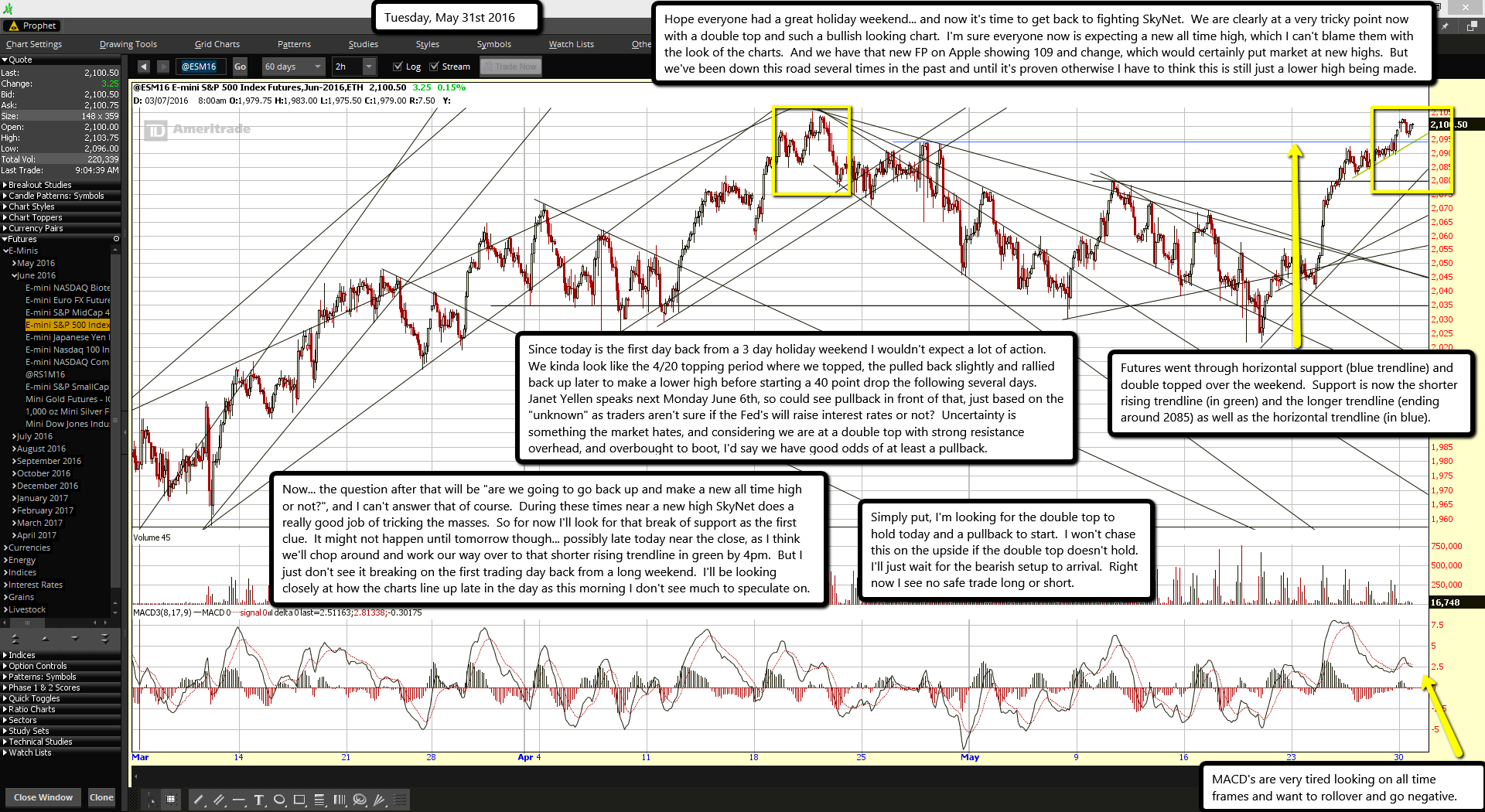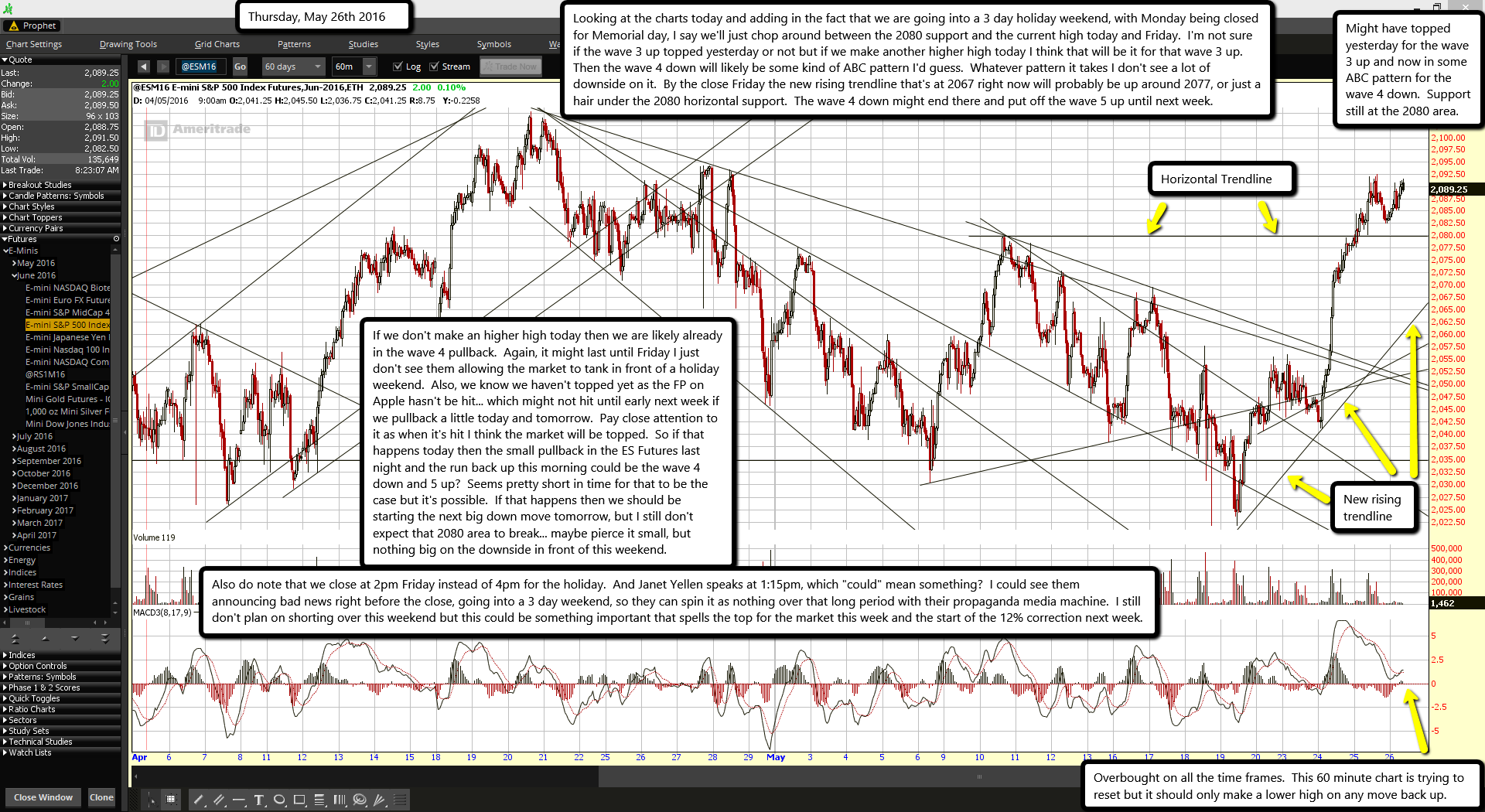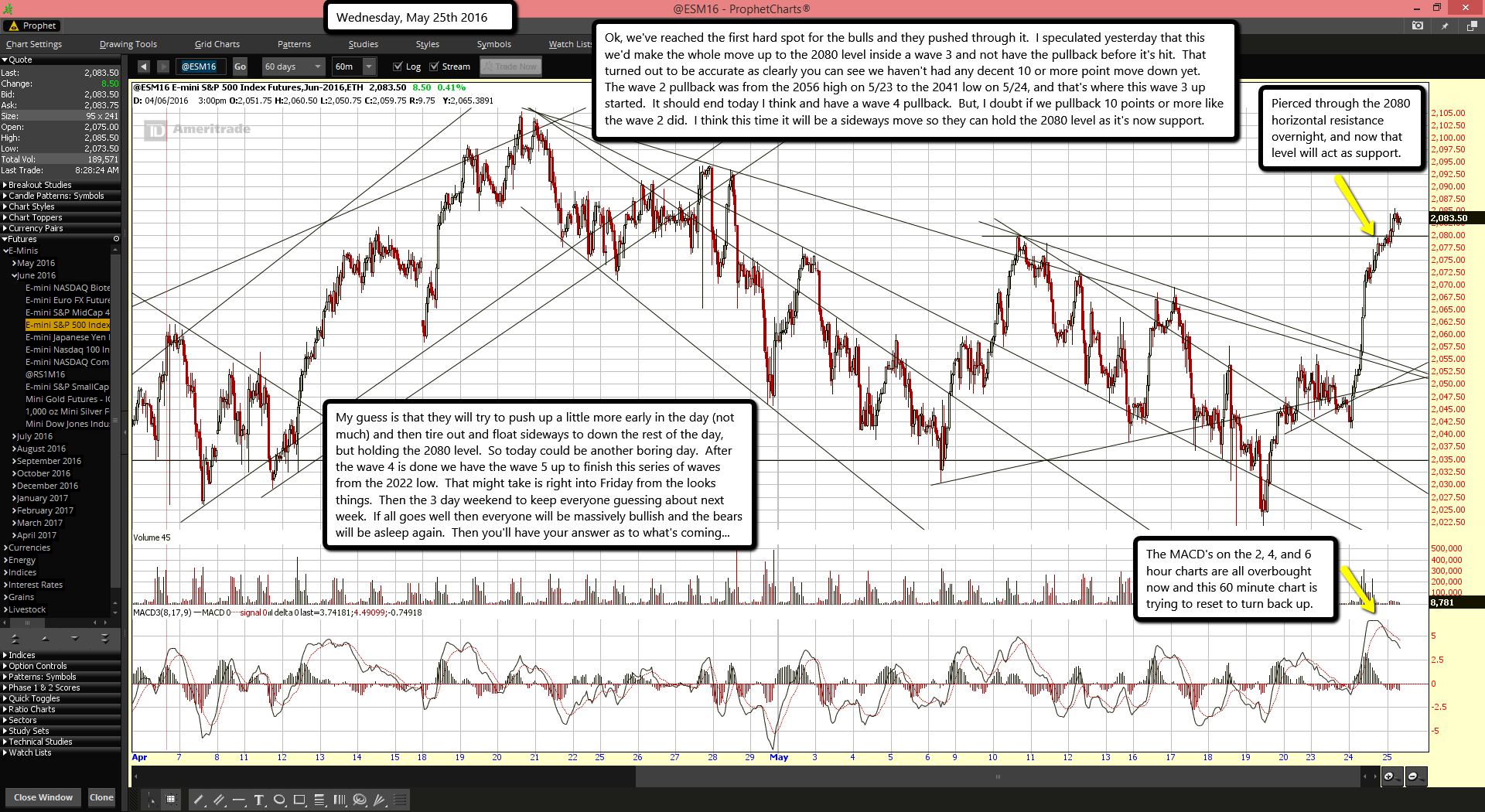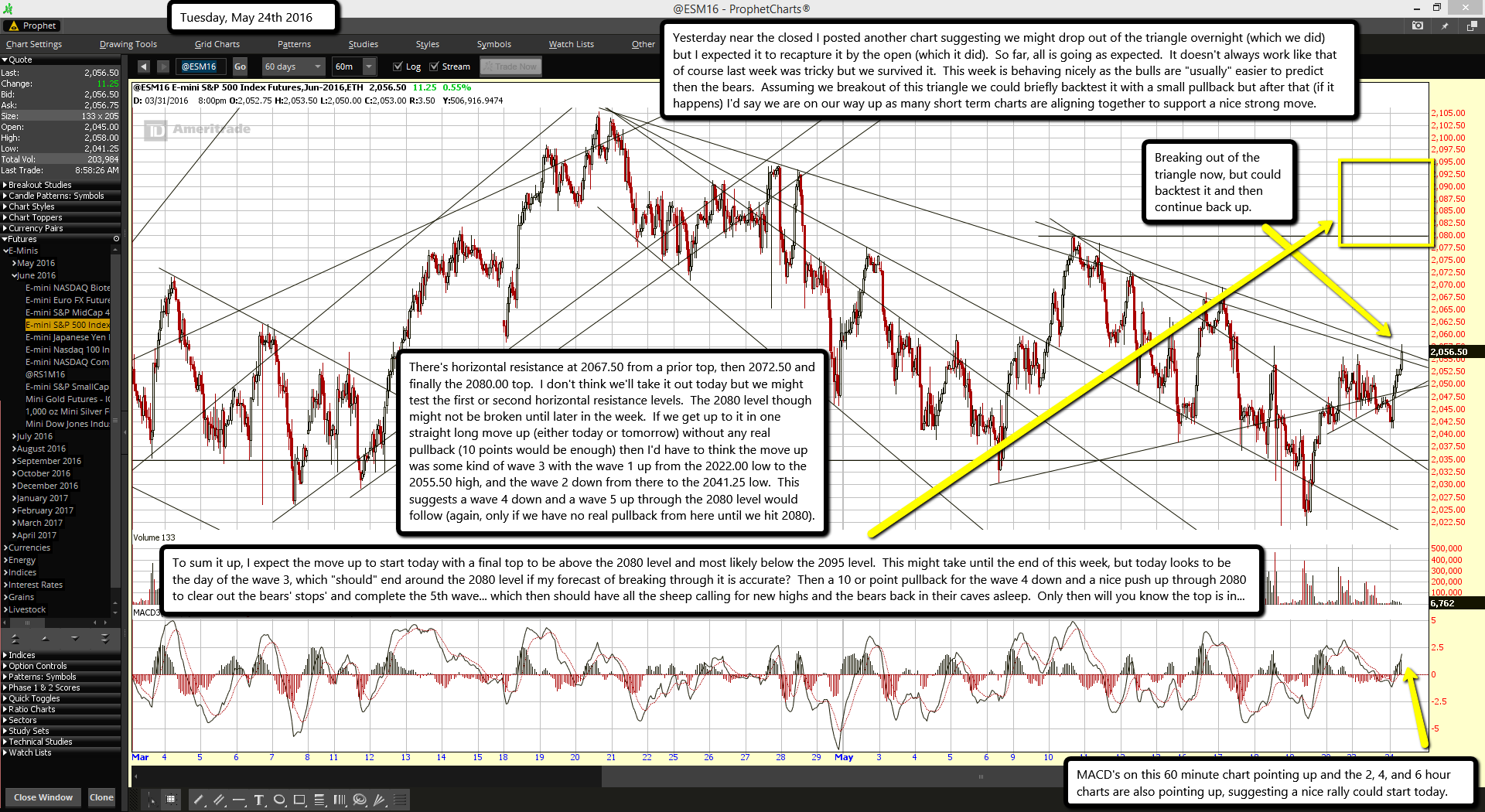 The Pentagon is not alone in still using floppy disks but unique in using them for its nuclear missile fleet
The Pentagon is not alone in still using floppy disks but unique in using them for its nuclear missile fleet
The technology world may seem to be locked in an endless cycle of renewal - but not when it comes to the floppy disk.
More than 50 years after the technology was invented it has emerged that the US nuclear weapons force uses the disks in the 1970s computer system it still employs.
As it turns out the Pentagon is not alone in retaining an affection, sometimes born of technical necessity, for the humble disk. But why has it survived when so many other technologies have fallen by the wayside?
"They are just too useful," said Ian Rainsford, a spokesman for media firm Verbatim - one of several companies that still makes the disks.
In some industries, floppy disks are used in machines that sit on production lines and those chunks of industrial plants are unlikely to be shut down, changed or updated any time soon, he said.
"A lot of the industrial uses would be things like knitting or crocheting machines, CNC lathes and milling machines and precision cutters," he said.
"The machines driving production have remained the same and the company that developed the original equipment may well have gone out of business," he said.
"They certainly believe that if it isn't broke, don't fix it." he said.
What has changed is the volume of disks Verbatim now produces. It only turns out "thousands" of disks per month, he said, far less than the millions it cranked out in the mid-90s when the technology was ubiquitous.
But, he said, for the customers that do use them they are essential to keep that business going.
"The death of the floppy disk has been heralded many, many times," said Mr Rainsford. "I think once Microsoft started shipping Windows on CDs it was sounded for the first time and that was 21 years ago."
Safety systems
For Kevin Murrell, a director of The National Museum of Computing at Bletchley Park, it is no surprise that floppy disks, and the computers that use them, have stuck around.
"It's a good thing," he said. "It's a good, old proper technology that actually works and is proven.
"We regularly read floppy disks from 40 years ago and they are as good as new," he said.
"Magnetic tape has a real issue because when it is on the reels you have a lot of different layers so you have 'print through'," he said. "This involves the shadow of data on one section of tape being superimposed on the layer above and below. The interference means data quickly gets harder to read.
"We all thought that putting data on CDs would last for ever but that idea went out of the window a long time ago," he added.
And the history of technology is littered with short-lived storage systems, such as Jaz drives and zip drives, that are now obsolete.
By contrast, said Mr Murrell, a floppy is a much more reliable data storage format. Swapping out computers that control safety systems can be a difficult job
He added: "8in and 5-and-a-1/4in disks are usually a very safe bet."
The same can be said of the computer systems that still use them. More often than not, he said, those older computer systems are running some very sensitive and significant installations such as power stations or air traffic control systems.
These "safety critical" computer systems are built for purpose and would take a huge amount of time and effort to update. As a result, many stay in situ for decades.
An example of this was the Marconi TAC machine used to monitor the reactor at the Wylfa nuclear power station in Anglesey for 38 years. It used 8in disks and was turned off in 2004.
Old machines running computer code written decades ago sit behind the apps and websites of many modern services and sites, said Mr Murrell.
"Occasionally it comes out that software in banking systems is written in Cobol and is 30 years old, but it is still used because it is reliable and still works," he said.
"Would you rather have a system that is proven to work or a machine running Windows 10?" he asked.
Hunting parts
James Bailey, a director at Hyperscale IT which helps firms find parts for old computer systems, said many organisations were running servers and software that was more than a decade old.
"It's a bit like running a vintage car, all the parts are out there in junkyards," he said. "It's just a question of finding them."Many PC makers stopped putting floppy drives into computers years ago
Hyperscale helps firms source power supplies, memory modules and other components to keep those ageing servers going to maintain the services they support.
Companies and other organisations stick with legacy kit because it works and because the time and money they can spend on coding and development is finite.
"If you decide to move that legacy to a new computer system you might miss the chance to innovate in another part of the business," he said.
Firms are often reluctant to spend money updating something that works because the end result will not progress the business.
"If you do update, then you'll end up in the same place at the end of all the work."
Source link
























